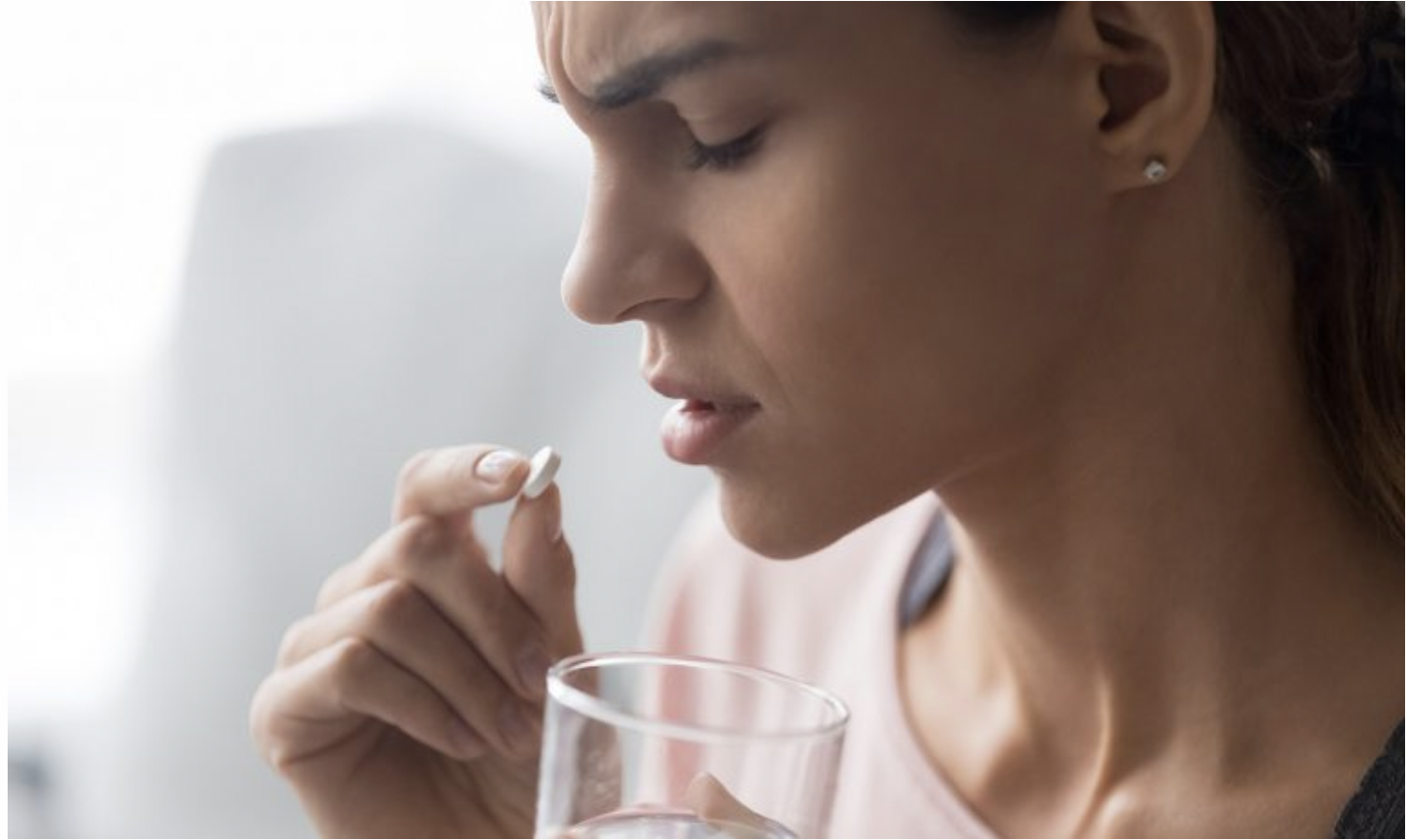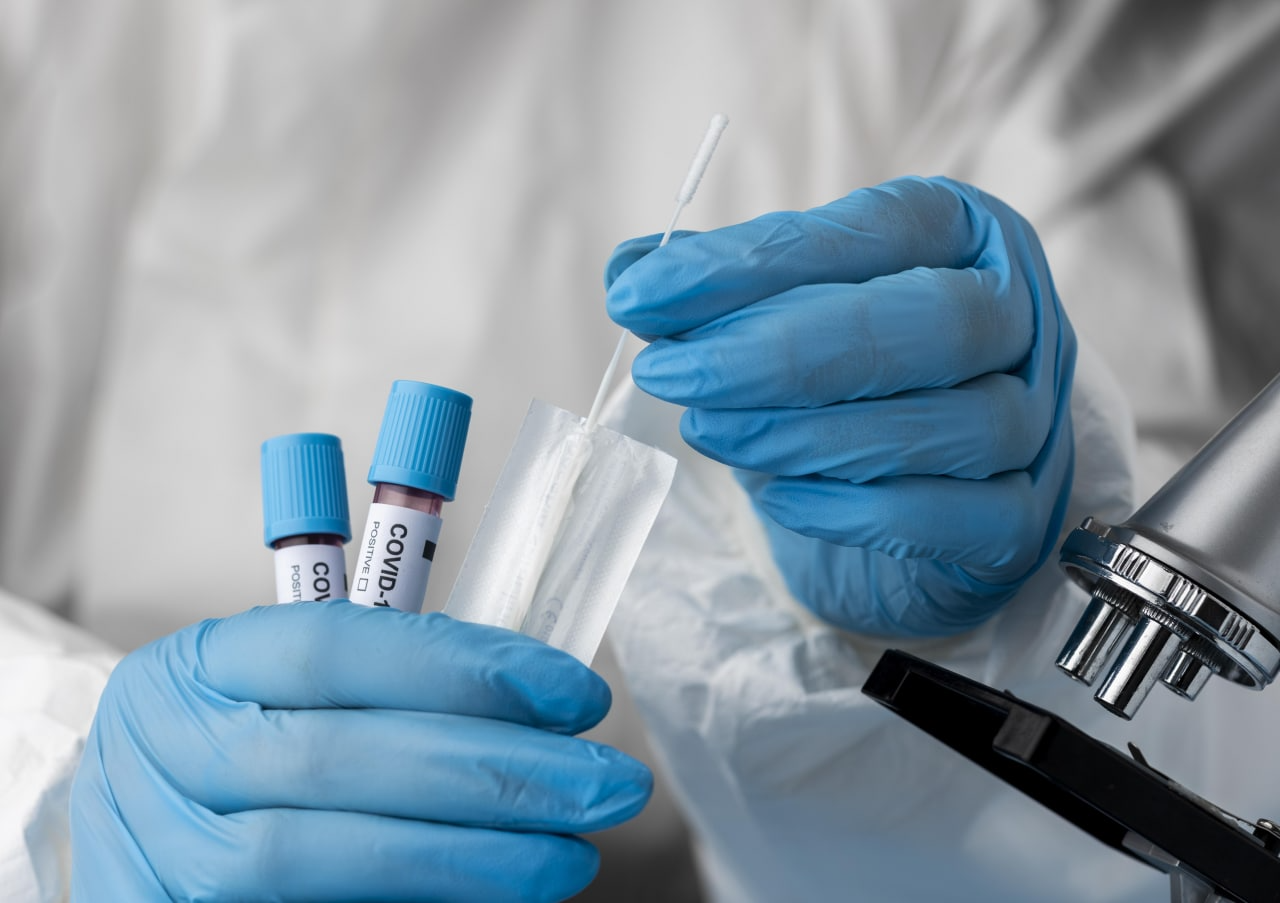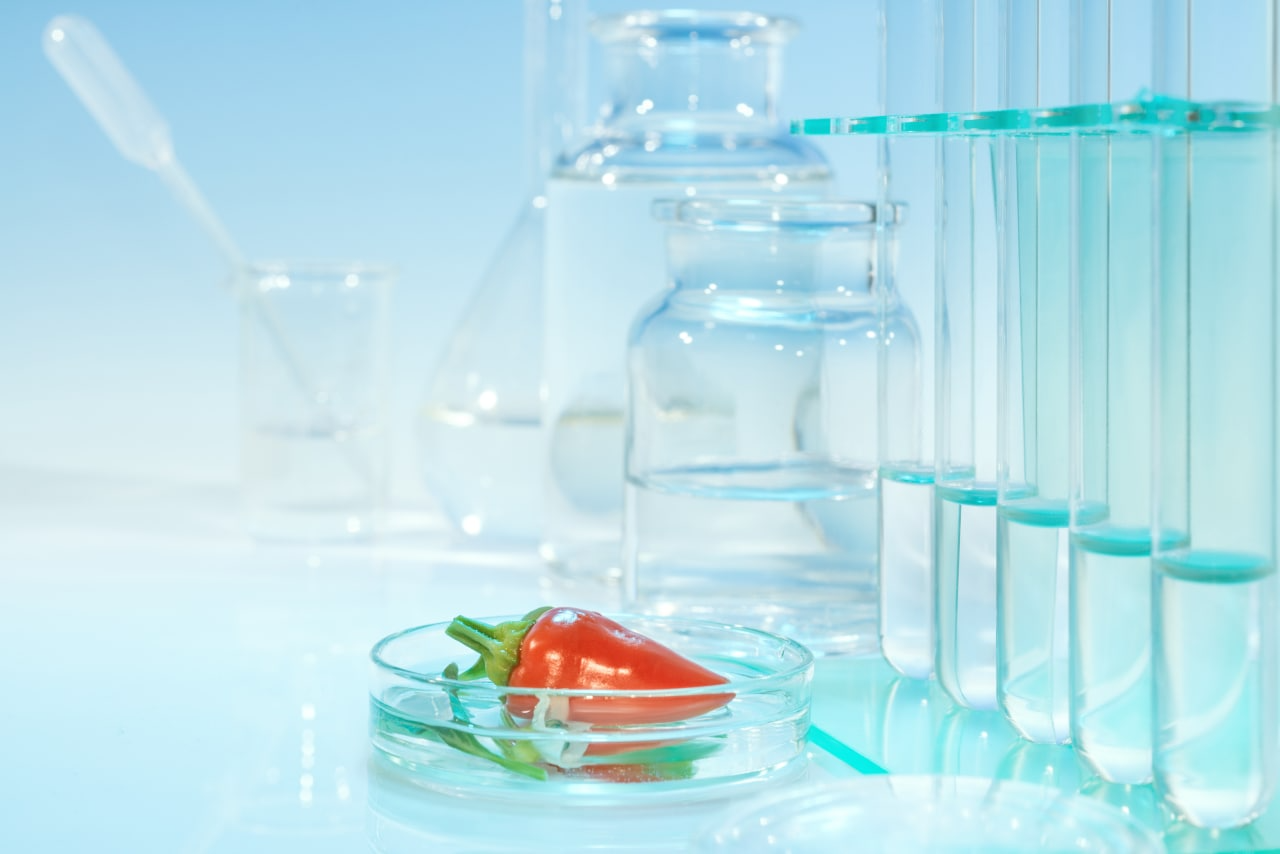In recent years, a lot has been said about the pleiotropic effects of vitamin D and its role for the functioning of various organ systems, including the reproductive one. How does the “solar vitamin” affect fertility, pregnancy and fetal development?
The relationship between vitamin D and female reproductive function
For many years it was believed that the "solar vitamin" is involved exclusively in the formation of the skeletal system, but today the conception has changed. Vitamin D receptor and the enzyme 1alpha-hydroxylase, which is involved in the conversion of biologically inactive vitamin D into plasma metabolites 25-hydroxyvitamin D 25(OH)D, have been found in the tissues of the reproductive organs, including the ovaries, uterus, placenta. It is common knowledge now, that vitamin D regulates more than 3,000 genes, many of which play an important role in fetal development. It is involved in processes such as inhibition of cell proliferation, induction of terminal differentiation, angiogenesis, renin production, stimulation of insulin synthesis and insulin production, and induction of apoptosis (1).

Researchers have proven that vitamin D is involved in the regulation of the menstrual cycle, namely in ovary follicle maturation, ovulation and the development of the corpus luteum. In addition, the binding of active forms of the vitamin to receptors stimulates the expression of the CYP19 gene, which encodes the main enzyme involved in the synthesis of estrogens – aromatase (2).
Vitamin D and female fertility
- 69% of women undergoing fertility treatment are found to be vitamin D deficient (3,4). In addition, women with infertility of various etiologies are much more likely to be deficient in vitamin D than pregnant women (59% and 40%, respectively, p<0.01) (5).
- The biologically active 1,25-dihydroxycholecalciferol (1,25(OH)2D3, or calcitriol) supports fetal egg nidation through the regulation of genes responsible for implantation. Decidual and placental cells during gestation synthesize the active form of vitamin D, which, in turn, plays an important role in the formation of an immune tolerance aimed at maintaining pregnancy (6).
- A number of studies examined effectiveness of assisted reproductive techniques among women with sufficient levels of vitamin D and its deficiency. The results show that women with vitamin levels above 20 ng/ml are significantly more likely to have a favorable outcome in in vitro fertilization cycles compared to women with vitamin deficiency (7).
- A 2018 meta-analysis investigated the relationship between vitamin D levels and fertility rates in women treated for infertility. The results showed that at vitamin D levels above 30 ng/mL, live birth rates were significantly higher than at lower vitamin D levels (8).
Taking into account the importance of the vitamin for successful conception and the course of pregnancy, it is recommended in guidelines of UK Department of Health to take 10 mg (400 IU) of vitamin D per day as a preconception preparation (9).
The effect of vitamin D on pregnancy
During pregnancy, significant changes occur in the mother's body, including those associated with the metabolism of vitamin D. First of all, the intensity of 1,25(OH)2D3 formation in the kidneys increases. In the decidua of the placenta and the trophoblast, a large amount of 1,25(OH)2D3 is produced by the enzyme CYP27B1.

Cord blood 25-hydroxyvitamin D levels correlate with the concentration in the maternal serum, which proves the permeability of the placenta for this form of the vitamin. The placenta contains vitamin D receptors and is the main target for the active vitamin synthesized in it. Maternal serum 25-hydroxyvitamin D is transported through the placenta to the fetus, where, despite the lower metabolic activity compared to 1,25 (OH)2D3, it regulates the skeletal system formation, the development of the endothelium, lymphocytes, skin, dendritic cells, vascular smooth muscles (10,11).
In the early stages, the trophoblast produces and responds to the vitamin D, which has a local anti-inflammatory effect and induces the growth of decidual tissue for further pregnancy (12). The placental 1,25(OH)2D3 also regulates the release and synthesis of chorionic gonadotropin in the syncytiotrophoblast, increases the placental production of sex steroids, and also exhibits a number of other effects that promote implantation and maintain a healthy pregnancy. Therefore, the adequate level of vitamin D to pregnant women is extremely important.
In addition, 25(OH)2D3 is a very effective immune system modulator with a protective effect on pregnancy. At the same time, pregnant women have been found to have lower vitamin D levels than non-pregnant women (13). Low vitamin D levels during pregnancy can have a number of consequences for pregnancy. Clearly, 25(OH)D deficiency can lead to a fall in calcium blood level (14). In addition, research confirms a number of other negative effects on pregnancy with vitamin D deficiency.
Risk of gestational diabetes
According to studies, the serum concentration of 25(OH)D in women with gestational diabetes mellitus is much lower than in pregnant women with a normal carbohydrate metabolism. The relationship between vitamin levels and the risk of developing diabetes is explained by the presence of specific receptors in pancreatic beta cells and vitamin D-binding protein. Vitamin D affects insulin release, and its deficiency leads to insulin resistance, which manifests itself during pregnancy with gestational diabetes mellitus (15).
Risk of preeclampsia
In a Norwegian cohort study of more than 20,000 nulliparous pregnant women, low vitamin D intake was associated with an increased risk of preeclampsia, a severe pregnancy complication. Conversely, supplementation of 400–600 IU of vitamin D per day to pregnant women resulted in a 27% reduction in the risk of preeclampsia compared to women who did not supplement (16).
It should be noted that the role of vitamin D in preeclampsia remains unclear. It may be related to the calcium-regulating function of vitamin D.
Effects of prenatal vitamin D levels on child development
Vitamin D supports the normal course of pregnancy and also contributes to the growth and development of the fetus. The provision of pregnant women with vitamin is the key to the full development of the skeletal system throughout the life of the child.
It has been proven that a low concentration of 25(OH)D in the mother's serum is associated with low fetal weight during a pregnancy. Babies born from mothers who were deficient in vitamin D during pregnancy have a higher risk of developing colds. In addition, vitamin deficiency in pregnant women and young children increase the risk of developing a number of diseases, including (17):
- rickets and low bone density;
- congenital cataract;
- bronchial asthma;
- type 1 diabetes;
- autoimmune diseases;
- oncological diseases;
- cardiovascular diseases;
- allergic diseases;
- multiple sclerosis;
- schizophrenia and others.
This association is named epigenetic programming of fetal and newborn development (18).
The safety and efficacy of vitamin D supplementation during pregnancy has been studied in a randomized clinical trial. Participating women received 400,2000 or 4000 IU of vitamin D from 12–16 weeks of gestation until delivery. There were no adverse events associated with vitamin intake or circulating 25(OH)D levels. The researchers concluded that 4,000 IU of vitamin D per day is the safest and most effective dosage for achieving adequate vitamin D levels in pregnant women and their newborns (19).
Bibliography
1.Johnson D.D. D vitamin deficiency and insufficiency is common during pregnancy // Am. J. Perinatol. 2011; 28 (1): 7-12.
- Zmuda J. M. et al. Preliminary report: Vitamin D receptor and aromatase gene interaction and bone mass in older African-American women //Metabolism. 200; 52 (5): 521-523.
- Dressler N., Chandra A. et al. BMI and season are associated with vitamin D deficiency in women with impaired fertility: a two-centre analysis //Arch. Gynecol. Obstet. 2016; 293 (4): 907-914.
- Pagliardini L., Vigano’ P. et al. High Prevalence of Vitamin D Deficiency in Infertile Women Referring for Assisted Reproduction //Nutrients. 2015; 7 (12): 9972-9984.
- Al-Jaroudi D., Al-Banyan N. et al. Vitamin D deficiency among subfertile women: case-control study // Gynecol. Endocrinol. 2016; 32 (4): 272-275.
- Viganò P., Lattuada D., Mangioni S. et al. Cycling and early pregnant endometrium as a site of regulated expression of the vitamin D system //J. Mol. Endocrinol. 2006; 36 (3): 415-424.
- Polyzos N.P., Anckaert E., Guzman L. et al. Vitamin D deficiency and pregnancy rates in women undergoing single embryo, blastocyst stage, transfer (SET) for IVF/ICSI //Hum. Reprod. 2014; 29 (9): 2032-2040.
- Chu J. et al. Vitamin D and assisted reproductive treatment outcome: a systematic review and meta-analysis //Human reproduction. 2018; 33 (1): 65-80.
- Hynes C. et al. Vitamin D supplementation for women before and during pregnancy: an update of the guidelines, evidence, and role of GPs and practice nurses //British Journal of General Practice. 2017; 67 (662): 423-424.
- Lewis S., Lucas R.M., Halliday J. Vitamin Д deficiency and pregnancy: from preconception to birth // Molecular Nutrition and Food Research. 2010; 54: 1092-1102.
- Pilz S., Marz W. et al. Association of vitamin D defi ciency with heart failure and sudden cardiac death in a large cross-sectional study of patients referred for coronary angiography //Journal of Clinical Endocrinology and Metabolism. 2008; 93: 3927-3935.
- Agic A., Xu H., Altgassen C. et al. Relative expression of 1,25-dihydroxyvitamin D3 receptor, vitamin D 1a-hydroxylase, vitamin D 24-hydroxylase, and vitamin D 25-hydroxylase in endometriosis and gynecologic cancers //Reproductive Sciences. 2007; 14: 486-497.
13.Turton C.W., Stanley P., Stamp T.C. Altered vitamin-D metabolism in pregnancy //Lancet. 1977; 1: 222-225.
- Zhang C., Qiu C., Hu F.B. et al. Maternal plasma 25-hydroxyvitamin D concentrations and the risk for
gestational diabetes mellitus //PLoS ONE. 2008; 3 (11): e3753.
- Maghbooli Z., Hossein-Nezhad A. et al. Correlation between vitamin D3 deficiency and insulin resistance in pregnancy //Diabetes Metabolism Research and Review.
- Haugen M. Vitamin D supplementation and reduced risk of preeclampsia in nulliparous
women //Epidemiology.2009; 20 (5): 720-726.
- Lanham-New S.A. Proceedings of the rank forum on vitamin D //Br. J. Nutr. 2011; 105 (1):144-156.
- Urrutia-Pereira M., Solé D. Vitamin D deficiency in pregnancy and its impact on the fetus, the newborn and in childhood // Revista Paulista de Pediatria. 2015; 33: 104-113.
- Hollis B.W., Johnson D. et al. Vitamin D supplementation during pregnancy: double-blind, randomized clinical trial of safety and effectiveness //Journal of Bone and Mineral Research. 2011; 26: 2341-2357.
___________________________________________
Colleagues, haven't you joined our PharmaCourses Telegram chats yet?
In the chats of more than 6,000 participants, you can always discuss breaking news and difficult situations in a pharmacy or clinic with your colleagues. Places in the chats are limited, hurry up to get there.
Telegram chat for pharmacists: https://t.me/joinchat/V1F38sTkrGnz8qHe
Telegram chat fo physicians: https://t.me/joinchat/v_RlWGJw7LBhNGY0







